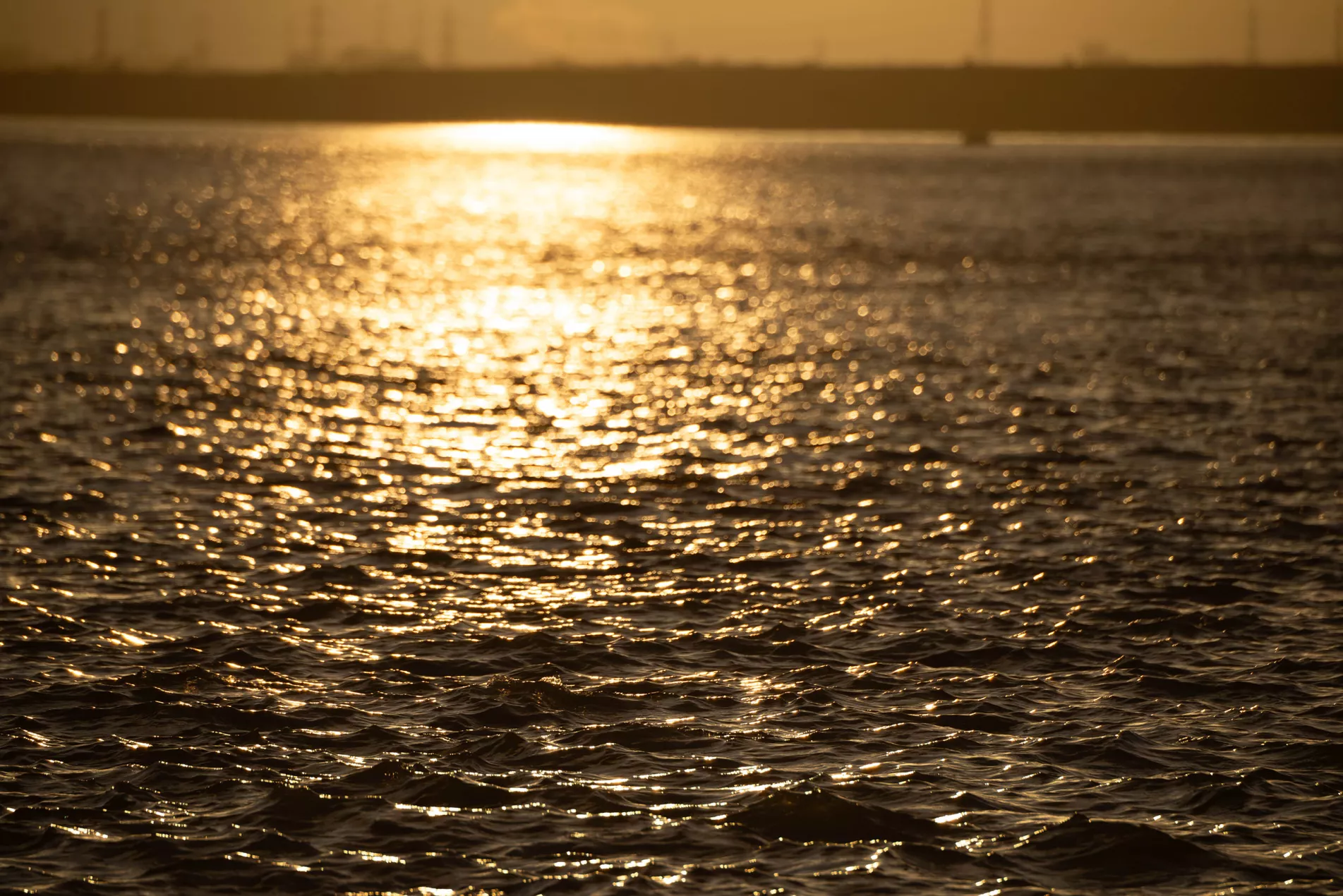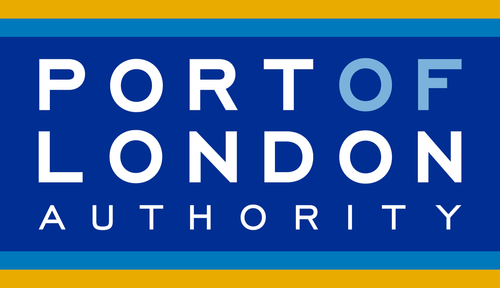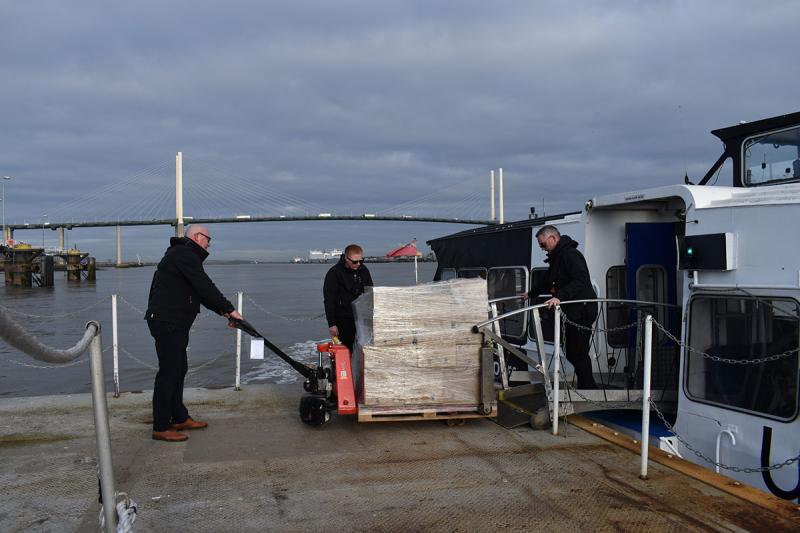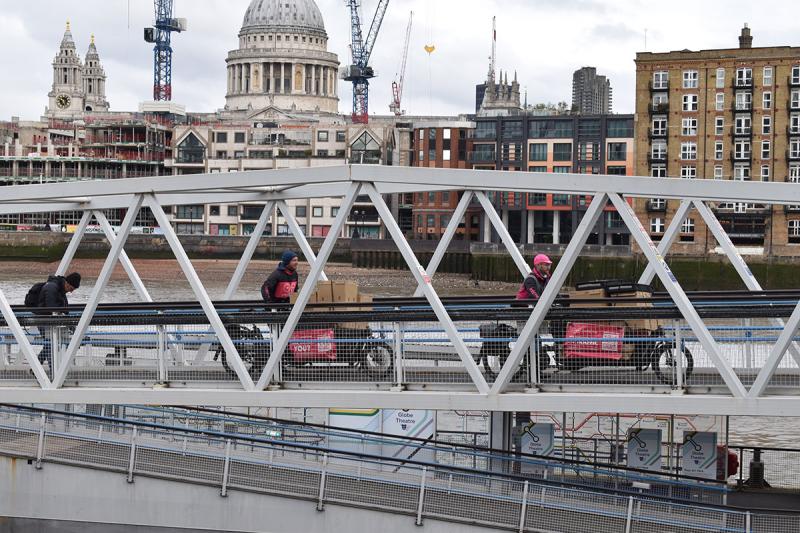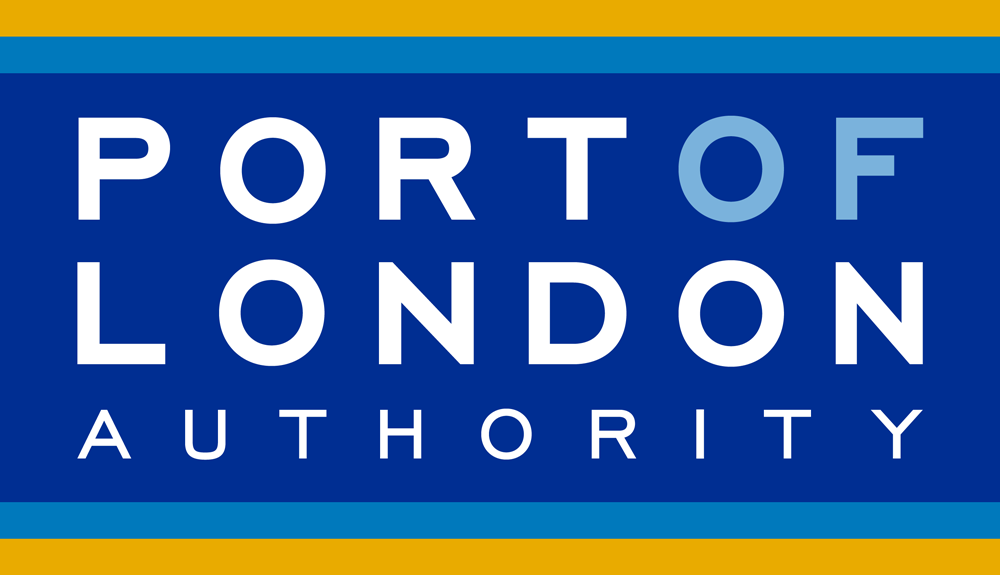Live Tides
NOTICES TO MARINERS
Charts & Surveys
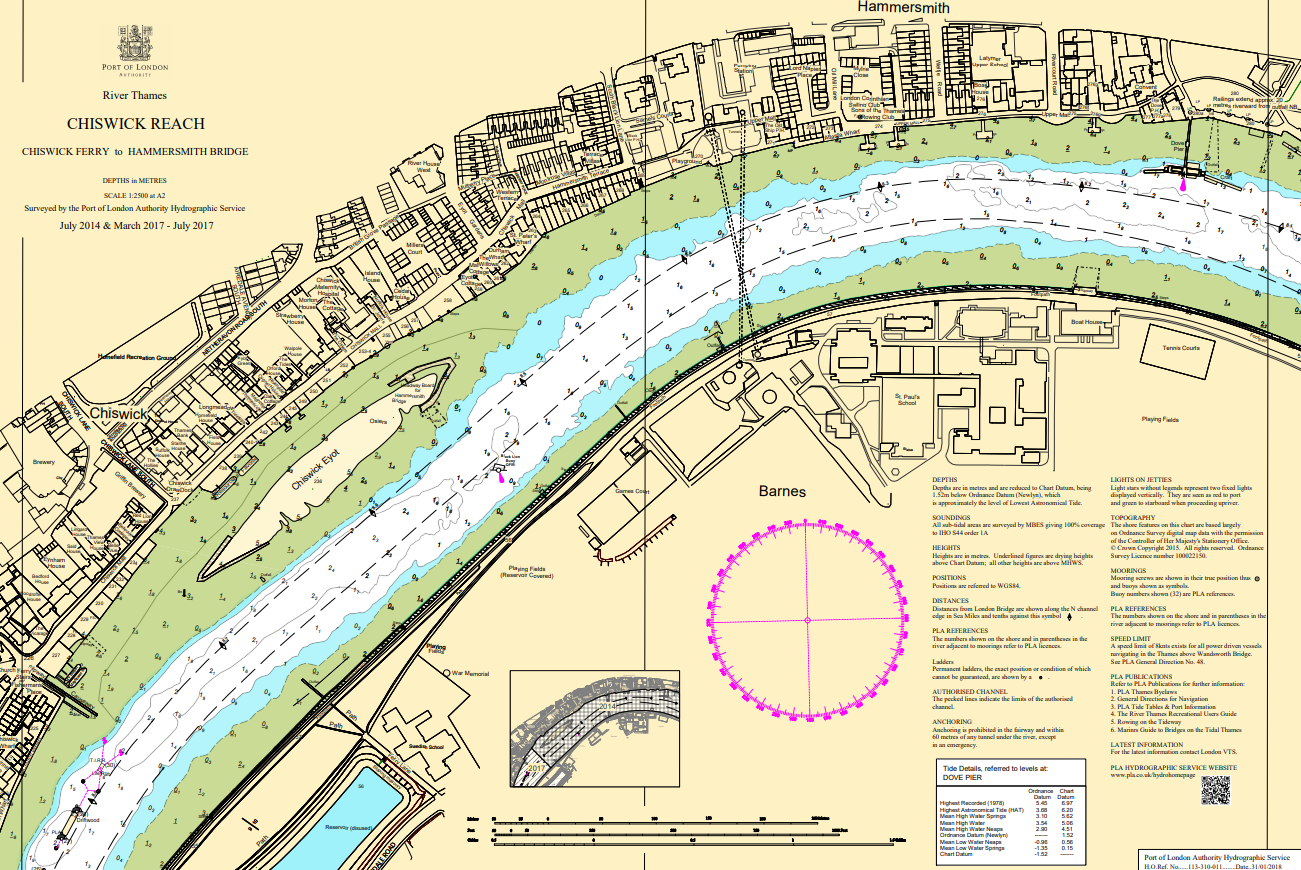
Incident reporting
Life-threatening emergencies on the river:
Call 999 and ask for the Coastguard
For near miss, safety observations and incident reporting click below
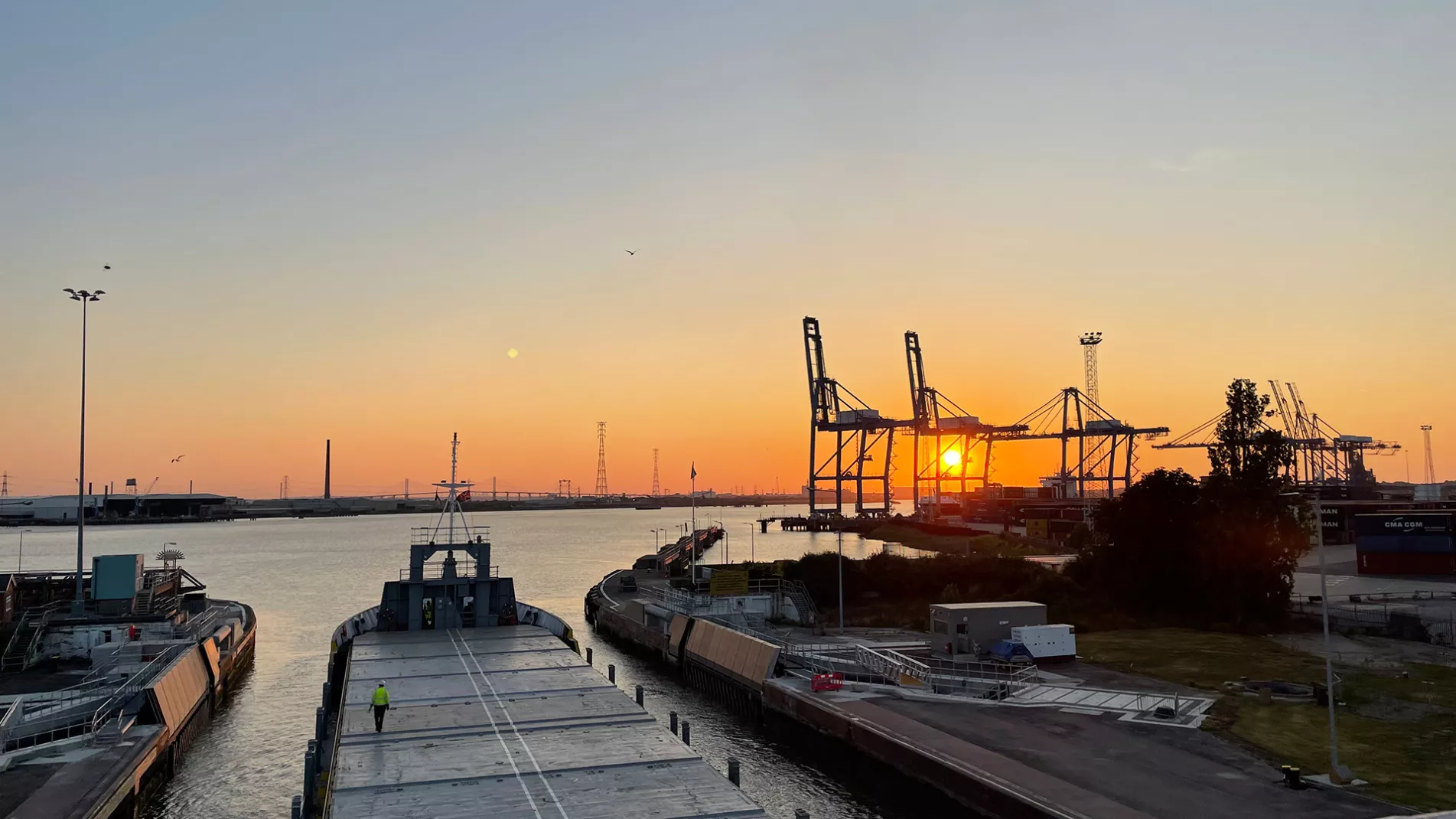
From Road to River
Each year, over 2.5 million tonnes of goods and more than 40,000 light freight packages are transported via the River Thames.
River Freight on the Thames Report
This vital waterway proves that river freight is not just viable, it's a reliable, sustainable, and future-ready alternative to road-based logistics.
A large-scale shift to river freight (known as modal shift) could unlock a range of economic, environmental, and social benefits, including:
- Greater transport efficiency
- Significant reductions in air pollution and greenhouse gas emissions
- Less road congestion, noise, and traffic-related incidents
- New employment opportunities across the logistics sector
With rising fuel costs, ongoing HGV driver shortages, policy changes like the ULEZ expansion, and increasing congestion, the river is fast emerging as a compelling alternative to road haulage.
Policy Backing for Floating Freight
The Mayor’s London Plan (2021) recognises the strategic importance of the capital’s waterways and includes commitments to increase river freight capacity acknowledging it as one of the most sustainable transport modes available. Action here could also help to achieve the mayor’s target of reducing the number of lorries and vans on London’s roads as stated in the Mayors Transport Strategy.
Funding to Float your Freight
There are numerous schemes available to help with funding for floating freight.
- Mode Shift Revenue Support (MSRS)
- Waterborne Freight Grant (WFG)
- Freight Facilities Grants (FFGs) in Scotland
‘Tide and True’ Transport
While the case for river freight is clear, there are still barriers preventing broader uptake:
- Perception problems: Many developers and planning authorities still see river freight as less viable or more expensive than road-based logistics.
- Infrastructure challenges: Issues such as complex supply chain connections, perceived risks around double handling, and infrastructure limitations at terminals create friction.
- Data gaps: A lack of standardised data makes it harder to evaluate sustainability and scalability compared to other modes.
Yet despite these hurdles, real-world examples show that river freight can be scalable, sustainable, and highly effective.
Case studies
Light Freight – DHL & Thames Clippers Logistics
Since 2020, DHL has operated a daily river freight service as part of its GoGreen programme. Each morning at 7:30 a.m., small packages are loaded at Wandsworth and transported to Bankside Pier, where cargo bikes complete the final leg of the journey. Operated by Thames Clippers Logistics, the service reduces road congestion, cuts emissions, and improves local air quality, proving the river is an underutilised yet powerful freight corridor.
Bankside Pier, a multi-modal hub for both passenger and freight services, highlights the opportunity. However, more piers will need investment and adaptation to accommodate similar services and support a broader shift to river freight.
GPS Marine Contractors Ltd played a pivotal role in one of the UK’s largest infrastructure projects - the Thames Tideway Tunnel. Since 2016, they have transported over 1 million tonnes of spoil and materials via river, avoiding the use of 125,512 HGV trips. This not only eliminated 3 million miles of road travel but also significantly reduced particulate emissions, congestion, and the risk of traffic accidents.
Led by Cross River Partnership and funded by DEFRA, the London Light Freight Trial tested a next-day delivery model using the river Thames. Goods were shipped from Dartford International Ferry Terminal to central London piers, with last-mile delivery completed by electric vans and cargo bikes across 16 boroughs.
The trial proved highly effective:
- 90%+ reduction in CO₂ and NOx emissions
- Almost 80% cut in particulate matter emissions
- Loading/offloading times as low as 15 and 7 minutes, respectively
- 80 minutes of driving time saved per trip
The Thames Clipper Logistics vessel also ran on Hydrotreated Vegetable Oil (HVO) - a biofuel - reinforcing the sustainability credentials of this river freight trial.
GRID Smarter Cities also installed Kerb Delivery, allowing freight drivers to book kerbside slots in advance. This allows for timely deliveries and optimised use of kerbside space and reduces traffic congestion and emissions from vehicles
An example of a funded river freight project that included decarbonisation technologies in their design is the Zero Emission Fast Freight (ZEFF) project in London headed by Thames Clippers, along with specialists in Wight Shipyard, charging experts Aqua super Power, the Port of London Authority and engineering consultants Beckett Rankine.
The project aims to demonstrate an efficient and viable electric-powered freight journey for faster vessels in domestic river settings, unlocking the wider uptake of electric river freight in the UK. The specially designed electric catamaran has the potential to transport up to 54,000 middle-mile parcels a day between Dartford and Tower Bridge Quay in central London, with each freight load being the equivalent of up to 20 commercial vehicles on the roads. Fast charging infrastructure will be constructed at both locations.
The Chief Operating Officer at Thames Clipper, Geoff Symonds, said: “In a recent annual traffic study, London was ranked the world’s slowest city by road, so, with eCommerce and delivery continually increasing, it’s becoming harder to get goods into London in an efficient way.”
ZEFF is part of the Zero Emissions Vessels and Infrastructure (ZEVI) scheme, a £206 million initiative under the UK Shipping Office for Reducing Emissions (UK SHORE) programme focused on developing the technology necessary to decarbonise the UK domestic maritime sector (Innovate UK, 2024).
Cory Environmental uses the River Thames to transport waste products, transporting around a million tonnes a year of waste and aggregate. This saves around 100,000 lorry journeys per year. Cory is the biggest barge operator in London and owns and maintains a fleet of five tugs and more than 50 barges to transport and dispose of the collected municipal rubbish. The company employs 150 staff in London as part of its lighterage workforce to operate its water-freight activity. Cory disposes of the waste on behalf of the Western Riverside Waste Authority (WRWA), the City of London, Westminster City Council and the London Borough of Tower Hamlets.
PLA's Commitment: The Way Forward
As outlined in our Trading Thames Vision 2050, the PLA is dedicated to growing river freight on the Thames. We support this ambition by:
- Advocating for river freight in planning processes
- Collaborating with government and industry Supporting and promoting projects such as the River Urban Logistics Environment (with the Thames Estuary Growth Board) and successful trials like the London Light Freight Trial.
We are also driving the sector’s transition to low-emission transport through our Net Zero Coalition and our Net Zero River Plan.
The Thames is not just a historic river, it’s a modern logistics artery waiting to be fully harnessed. With growing public and political support, proven success stories, and an urgent need to decarbonise the transport sector, now is the time to rethink how freight moves through London.
Let’s move goods smarter. Let’s float our freight.
For more resources on river freight check out the below links:
Discover
